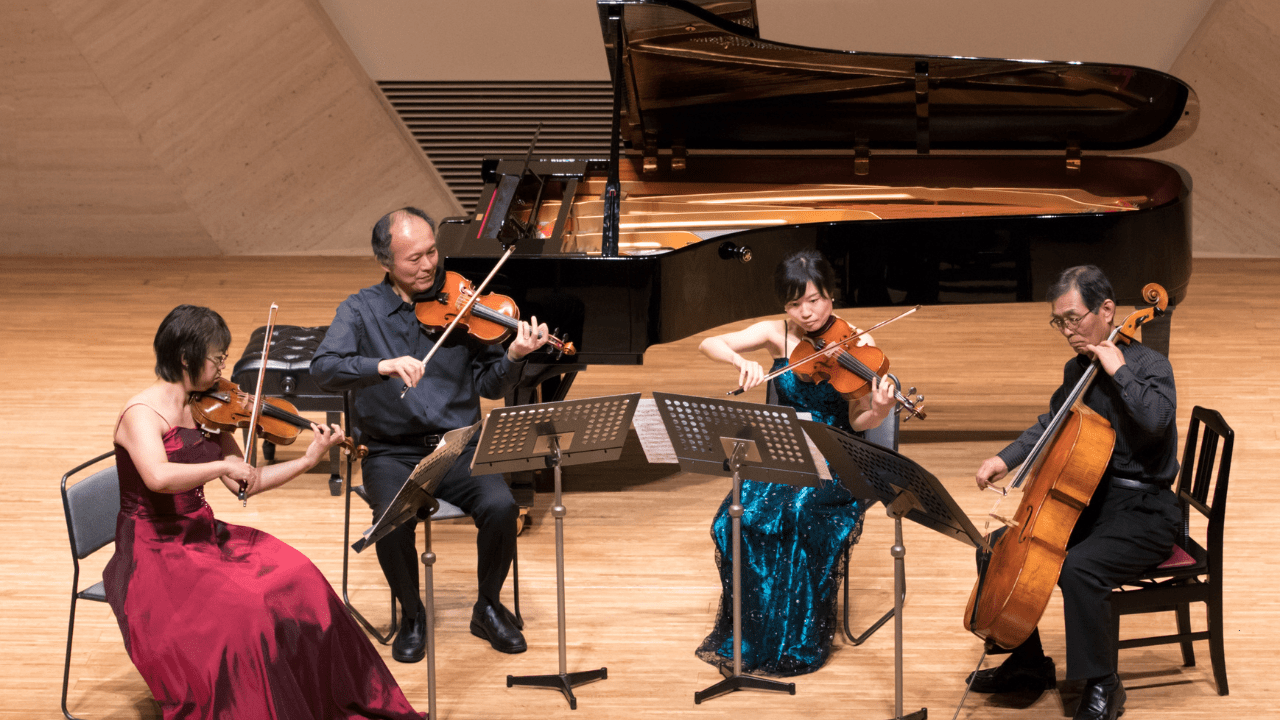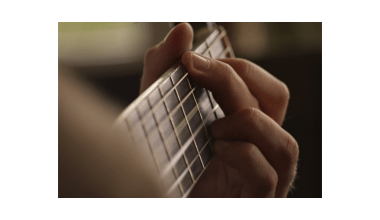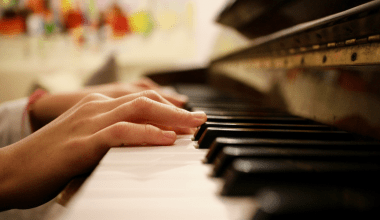Indian classical music is one of the oldest and richest musical traditions in the world. It represents a blend of history, spirituality, and artistry. Rooted in ancient texts, Indian classical music has evolved over centuries while maintaining its deep connection to Indian culture and tradition.
In this blog, we’ll explore what is Indian classical music, its unique elements, its significance, and how it continues to inspire musicians globally.
The Essence of Indian Classical Music
Indian classical music is not just a form of entertainment; it is a spiritual journey. It focuses on the relationship between sound and emotion. Unlike Western music, which often emphasizes harmony, Indian classical music revolves around melody (raga) and rhythm (tala).
The aim is to evoke specific emotions or moods, known as rasas, in the listener. This emotional depth makes Indian classical music a transformative experience.
The History of Indian Classical Music
The origins of Indian classical music can be traced back to ancient scriptures like the Vedas. The Sama Veda contains hymns that are considered the foundation of Indian music. Over time, the tradition evolved, incorporating regional influences and creating two main styles:
- Hindustani Music: Predominant in North India.
- Carnatic Music: Flourishing in South India.
Both styles share common roots but have distinct characteristics.
Key Elements of Indian Classical Music
1. Raga
A raga is the melodic framework of Indian classical music. Each raga is associated with specific moods, times of the day, or seasons. The artist improvises within this framework to create a unique performance.
2. Tala
Tala refers to the rhythmic patterns that structure a performance. It acts as a cycle within which the melody unfolds.
3. Improvisation
Unlike fixed compositions, Indian classical music relies heavily on improvisation. This allows the artist to explore the depth of the raga and create a personalized rendition.
Types of Indian Classical Music
1. Hindustani Music
Hindustani music emphasizes improvisation and is deeply influenced by Persian and Mughal traditions. Instruments like the sitar, tabla, and sarangi are commonly used.
Famous Hindustani musicians include:
- Pandit Ravi Shankar
- Ustad Zakir Hussain
- Pandit Bhimsen Joshi
2. Carnatic Music
Carnatic music is more composition-based and is deeply rooted in devotional themes. Instruments like the veena, mridangam, and violin are integral to this style.
Renowned Carnatic musicians include:
- M.S. Subbulakshmi
- Tyagaraja (composer)
- Lalgudi Jayaraman
The Spiritual Aspect of Indian Classical Music
Indian classical music is often seen as a path to spiritual enlightenment. Many ragas are designed to connect the listener with higher states of consciousness. This makes the music both meditative and therapeutic.
Instruments Used in Indian Classical Music
Indian classical music features a variety of traditional instruments, each contributing to its unique sound.
String Instruments
- Sitar: Known for its rich and resonant sound.
- Veena: A classical instrument in Carnatic music.
Percussion Instruments
- Tabla: Essential in Hindustani music.
- Mridangam: A key instrument in Carnatic performances.
Wind Instruments
- Bansuri: A bamboo flute that adds a soulful touch.
- Shehnai: Often played during auspicious occasions.
Famous Performers Who Defined Indian Classical Music
- Pandit Ravi Shankar: Internationally renowned sitar maestro.
- Ustad Zakir Hussain: A tabla virtuoso known for his collaborations worldwide.
- M.S. Subbulakshmi: A legendary Carnatic vocalist celebrated for her divine voice.
These artists have played a significant role in bringing Indian classical music to the global stage.
Indian Classical Music in Modern Times
While rooted in tradition, Indian classical music continues to evolve. Fusion genres are gaining popularity, blending classical elements with contemporary music styles like jazz and electronic music.
Platforms like YouTube and Spotify have made it easier for younger audiences to explore classical music. Initiatives by organizations and festivals also promote this timeless art form.
The Global Appeal of Indian Classical Music
Indian classical music has gained international recognition for its complexity and beauty. Many Western musicians, including George Harrison of The Beatles, have collaborated with Indian artists, showcasing its universal appeal.
Final Thoughts
Understanding what is Indian classical music is an enriching journey. It is a testament to India’s cultural heritage and artistic brilliance. Whether you are a novice listener or a seasoned enthusiast, Indian classical music has something to offer everyone.
Related Articles:
For further reading, explore these related articles:
- Ab To Forever Song Download: A Complete Guide
- Who is the World’s Biggest Singer? Exploring Iconic Voices
For additional resources on music marketing and distribution, visit Deliver My Tune.






